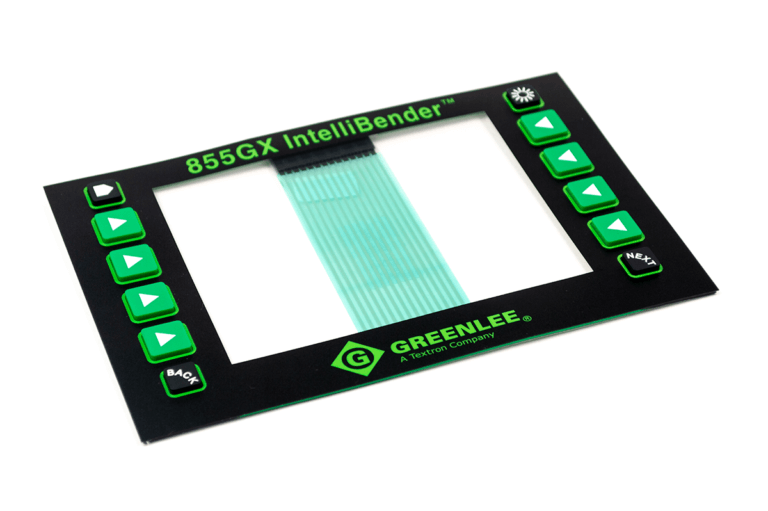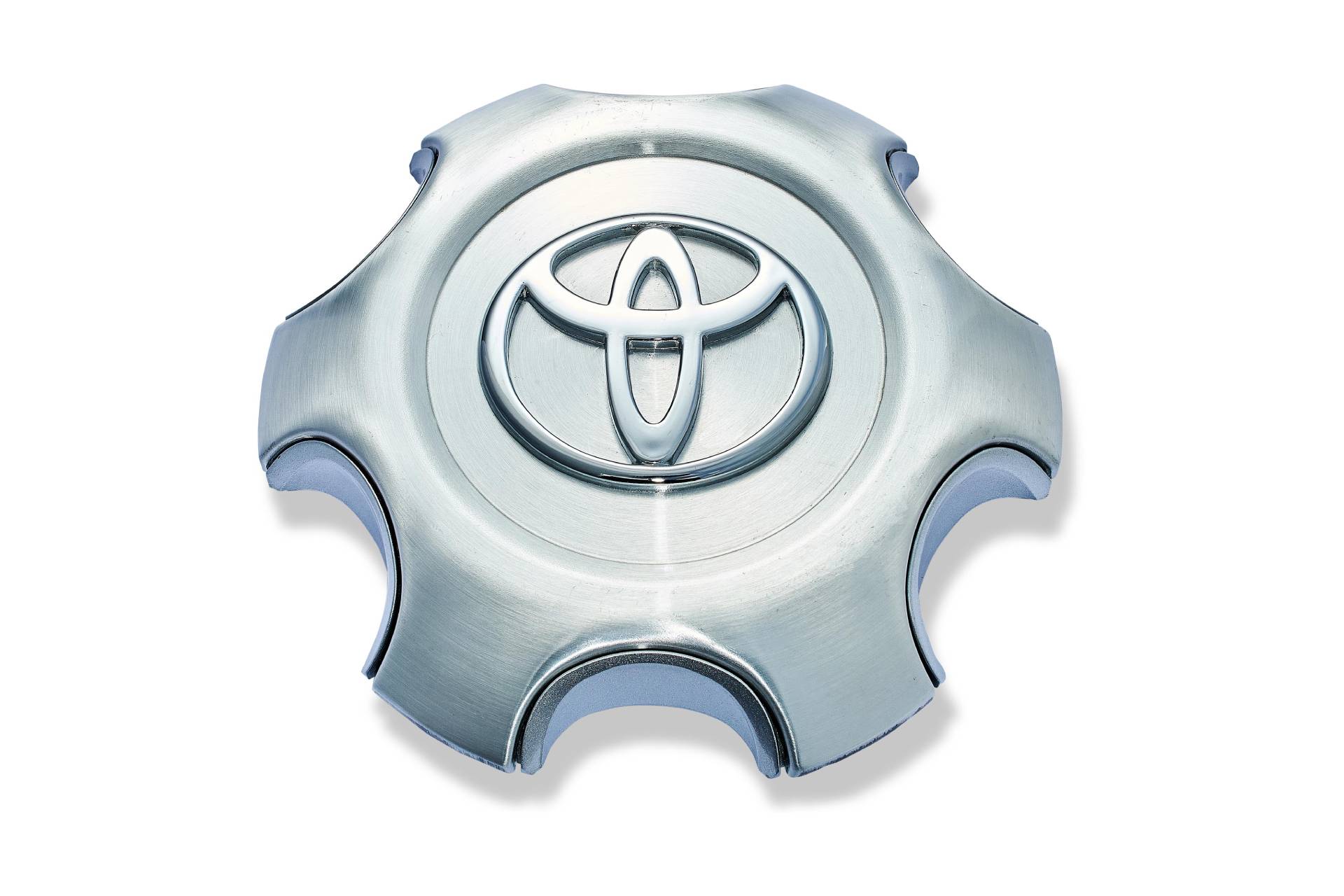A Comprehensive Overview to the Manufacturing and Processing of Rubber Keypads for Optimal Efficiency
The production and handling of rubber keypads play a vital role in their efficiency and functionality. Product choice, layout accuracy, and sophisticated manufacturing techniques considerably impact their resilience and effectiveness. Understanding these elements is important for creating top notch products. As numerous developments arise in this area, exploring their ramifications might disclose new criteria for performance and user experience. What vital elements will shape the future of rubber keypads?
Recognizing Rubber Keypads: Materials and Kinds
Rubber keypads are crucial elements in countless gadgets, providing a balance of longevity and tactile responses. These keypads are primarily made from silicone or artificial rubber, products picked for their adaptability and durability. Silicone rubber, particularly, is favored for its exceptional temperature resistance and durability, making it optimal for different applications, from customer electronics to industrial machinery.
There are a number of sorts of rubber keypads, including dome switch keypads, which utilize a dome-shaped system that offers tactile feedback when pushed. In addition, there are additionally flat keypads, which feature a smooth surface and are commonly used in clinical gadgets and remote controls. The choice of material and kind affects the keypad's performance, really feel, and general user experience. Understanding these facets is crucial for developers and suppliers aiming to create reliable and efficient interfaces in their products.
The Manufacturing Refine: From Layout to Production
The manufacturing process of rubber keypads entails several crucial phases, starting with style and ending with production. Developers develop in-depth specs and prototypes, assuring the keypad satisfies practical and aesthetic requirements. Computer-aided style (CAD) software is commonly used to visualize the design and features before proceeding.
Once the style is wrapped up, product option is important, with alternatives commonly consisting of silicone or all-natural rubber. In the following stage, mold and mildews are created based on the authorized styles, which will certainly shape the keypads throughout production.
Adhering to mold and mildew production, the production stage starts, where rubber is mixed with additives to improve performance. The combination is then poured right into mold and mildews and subjected to heat and stress, allowing it to solidify and cure.
Ultimately, the finished keypads undertake top quality checks to verify they fulfill well-known requirements, followed by packaging for circulation. This comprehensive process assurances peak efficiency in the end product.
Trick Methods in Rubber Molding
In the domain name of rubber keypads, numerous molding strategies play an essential role in determining the quality and functionality of the final product. One prevalent approach is compression molding, where raw rubber is put in a heated mold and stress is applied, permitting for efficient automation and harmony. One more substantial strategy is injection molding, which entails infusing warmed rubber right into a mold and mildew, using higher accuracy and complicated shapes. Transfer molding, a hybrid of both techniques, is also made use of, especially for complex layouts, as it incorporates the benefits of both processes. In addition, fluid silicone rubber (LSR) molding is obtaining traction due to its adaptability and toughness, making it perfect for high-performance applications. Each strategy has special characteristics, influencing variables such as cycle time, material waste, and production prices. Choosing the proper molding technique is important for accomplishing peak efficiency in rubber keypads.
Surface Area Finishing and Texturing Options
Surface completing and texturing alternatives play an essential duty in boosting the tactile experience and aesthetic appeal of rubber keypads. Manufacturers utilize various strategies to produce distinctive surface characteristics that impact individual communication and item layout. Usual completing methods consist of matte, shiny, and satin coatings, each supplying various aesthetic effects and grasp degrees. Texturing options, such as increased patterns, grooves, or stippling, better boost capability by enhancing traction and reducing slippage during usage.
In addition, particular appearances can be customized to satisfy ergonomic requirements, giving comfort throughout prolonged use. The choice of surface coatings and textures can be influenced by the designated application of the keypad, whether it be for customer electronics, automotive controls, or commercial gadgets. Inevitably, mindful factor to consider of these choices contributes substantially to customer satisfaction and overall product efficiency, making them essential aspects in the layout and production process of rubber keypads.
Top Quality Control Steps in Rubber Keypad Manufacturing
Quality assurance steps in rubber keypad production are vital for ensuring item reliability and efficiency. These steps include material choice criteria, extensive testing treatments, and stringent last evaluation standards. With each other, they form a detailed structure that helps suppliers support top quality throughout the manufacturing procedure.

Material Selection Criteria
Picking the appropriate materials for rubber keypads is necessary, as it directly affects their capability, durability, and customer experience. Secret requirements for material option include tensile stamina, durability, and ecological resistance. The selection of rubber substance, such as silicone or thermoplastic elastomer (TPE), plays a crucial role in accomplishing desired tactile feedback and durability. In addition, factors like chemical compatibility, temperature security, and UV resistance must be taken into consideration to guarantee optimal efficiency in various applications. Producers need to likewise evaluate the convenience of processing and cost-effectiveness of products, balancing top quality with spending plan constraints. Inevitably, the right material selection not just improves the keypad's performance but also adds to total item quality and customer satisfaction.
Examining Treatments Carried Out
After figuring out the appropriate products for rubber keypads, rigorous testing procedures are implemented to validate that the end products fulfill sector requirements and customer expectations. These procedures typically consist of mechanical screening, which reviews the durability and elasticity of the rubber under numerous conditions. Additionally, ecological screening evaluates the keypads' efficiency under temperature level fluctuations, moisture, and direct exposure to chemicals. Electric testing verifies the keypads function properly with digital parts, confirming responsiveness and conductivity. Moreover, responsive responses is assessed to assure individual complete satisfaction. These extensive testing procedures are important in recognizing any type of disparities or flaws prior to mass manufacturing, eventually boosting the dependability and performance of rubber keypads in their designated applications.

Last Examination Specifications
Thorough final assessment criteria are critical in rubber keypad manufacturing to ensure that each unit meets pop over to this web-site the defined standards for capability and look. This process usually entails aesthetic evaluations to identify any kind of surface problems, such as staining or blemishes. Additionally, responsive analyses identify that the keypads react accurately to touch, keeping the called for level of level of sensitivity. Toughness examinations might likewise be performed, mimicing prolonged usage to verify the durability of the keypad under numerous problems. Adherence to sector regulations and client specs is verified to keep top quality guarantee. By executing these strenuous evaluation actions, producers can greatly decrease the threat of defects, guaranteeing that the last product is reputable and satisfies customer assumptions, inevitably enhancing customer contentment.
Innovations in Rubber Keypad Modern Technology
As modern technology proceeds to progress, advancements in rubber keypad technology are improving interface across numerous markets. One significant innovation is the integration of capacitive touch sensing units within rubber keypads, enabling an extra receptive and versatile user experience. This innovation allows customers to interact with devices via touch, enhancing capability without sacrificing the responsive responses that rubber keypads are recognized for.
In addition, renovations in material formulas have actually caused the advancement of more sturdy, weather-resistant rubber, making keypads ideal for outside and industrial usage. Enhanced printing methods additionally enable high-resolution graphics and backlighting choices, enhancing exposure and aesthetic charm.

Advancements try here in making procedures, such as 3D printing, are allowing personalized styles and rapid prototyping, streamlining production timelines. These innovations jointly add to extra user-friendly and efficient rubber keypads, ensuring they meet the demands of modern applications while maintaining their core advantages.
Best Practices for Layout and Performance
Designing effective rubber keypads needs cautious assessment of both visual appeals and capability. Rubber Keypads. A well-designed keypad needs to balance ergonomic concepts with aesthetic attract improve individual experience. Trick elements consist of dimension, form, and spacing of buttons, guaranteeing they are simple to press while preventing unintended activation. Making use of contrasting shades and textures can improve exposure and tactile responses, helping individuals in comparing keys
Additionally, the selection of products plays an important function; top quality rubber compounds can enhance longevity and resistance to put on. It is additionally important to consider the combination of features such as backlighting and customized graphics, which can enhance functionality in various settings.
Ultimately, prototyping and customer screening are indispensable in the design procedure, allowing for modifications based on real-world responses. By sticking to these ideal practices, manufacturers can produce rubber keypads that not only look enticing however additionally satisfy the practical needs of customers effectively.
Frequently Asked Questions
Exactly how Do I Choose the Right Rubber Product for My Keypad?
To choose the ideal rubber material for a keypad, one should think about aspects such as sturdiness, environmental resistance, tactile responses, and compatibility with the desired application, making certain optimal performance and individual complete satisfaction in various conditions.
What Are the Ecological Influences of Rubber Keypad Manufacturing?
Rubber keypad production can result in environmental influences such as logging for natural rubber resources, contamination from chemical processes, and waste generation. Sustainable techniques and products can reduce several of these negative effects on ecosystems.
Can Rubber Keypads Be Recycled or Reused?
Rubber keypads can be reused, but the process relies on the certain products utilized in their production. Reusing them in different applications is also possible, adding to squander decrease and advertising sustainability in manufacturing practices.
What Is the Typical Life-span of a Rubber Keypad?
The ordinary life-span of a rubber keypad usually ranges from 5 to ten years, depending upon usage, environmental elements, and maintenance. Routine care can extend its capability, while extreme wear might reduce its resilience.
Exist Any Kind Of Health And Wellness Problems Associated With Rubber Keypad Products?
There are possible health problems connected to rubber keypad products, including allergies to specific chemicals and irritants used in production. Proper handling and awareness of product make-up can reduce these dangers for users.
There are a number of kinds of rubber keypads, including dome button keypads, which make use of a dome-shaped device that provides responsive responses when pushed. Choosing the ideal products for rubber keypads is essential, as it straight impacts their resilience, performance, and user experience - Rubber Keypads. After determining the proper products for rubber keypads, rigorous testing procedures are applied to validate that the final items satisfy sector standards and customer expectations. Rubber keypad production can lead to environmental effects such as deforestation for all-natural rubber sources, pollution from chemical procedures, and waste generation. Rubber keypads can try this out be recycled, however the process depends on the particular products used in their production